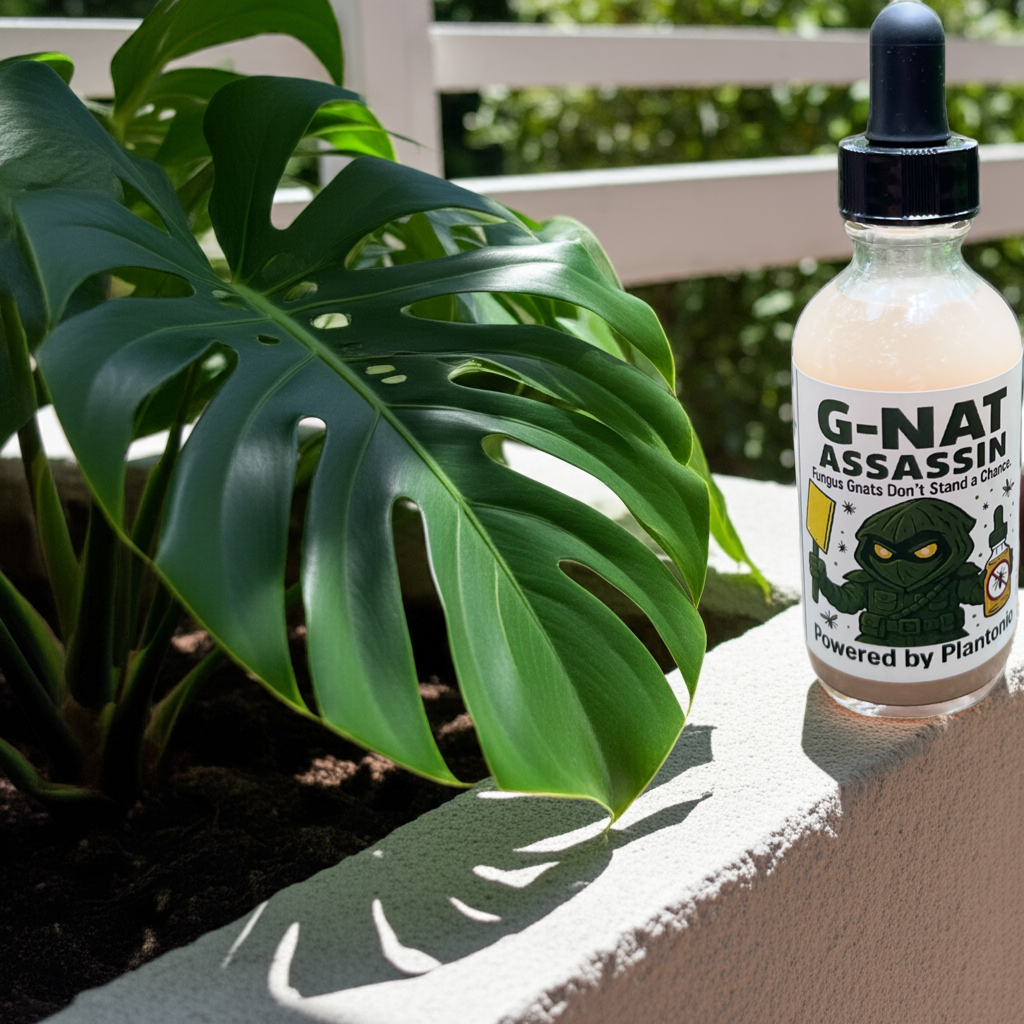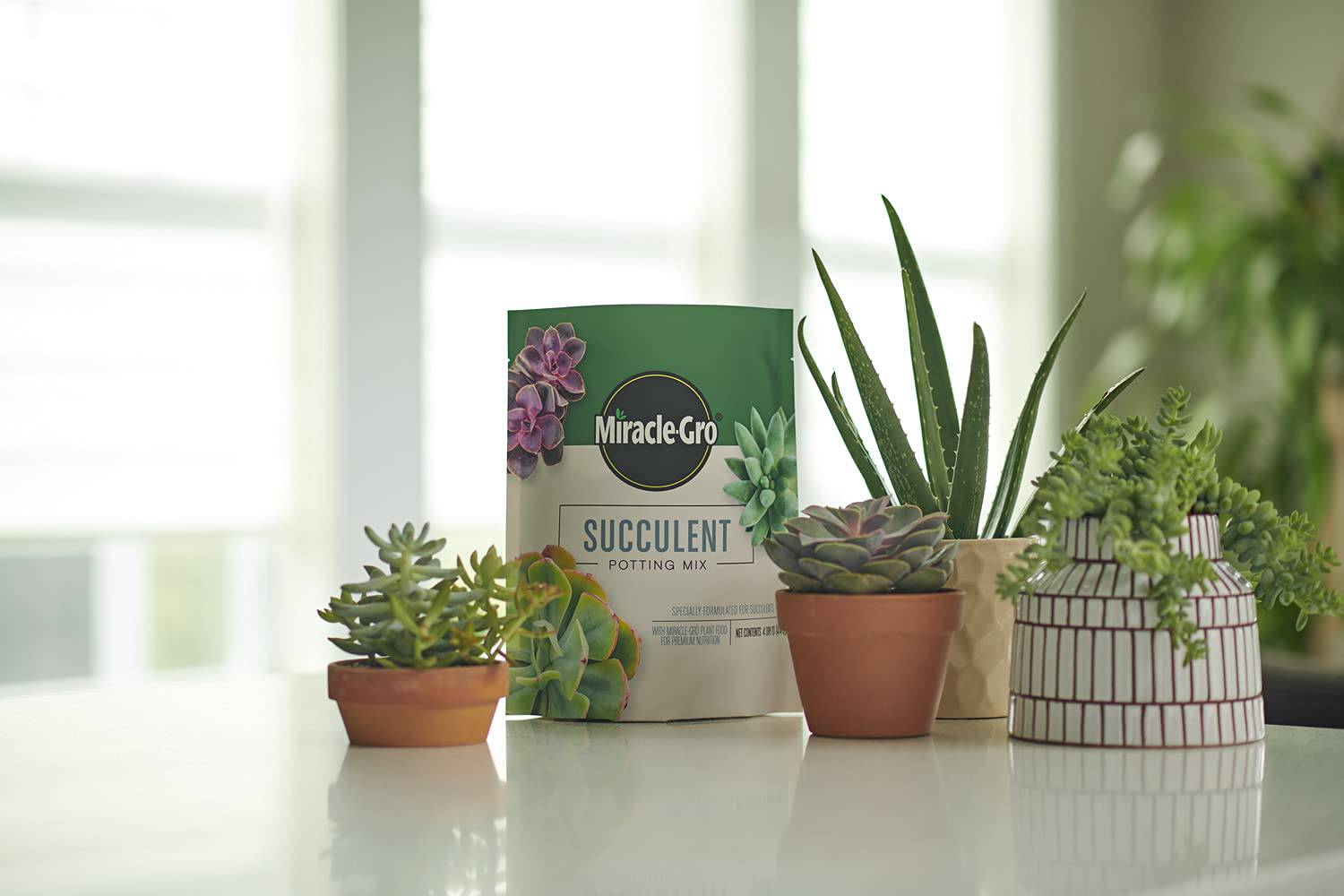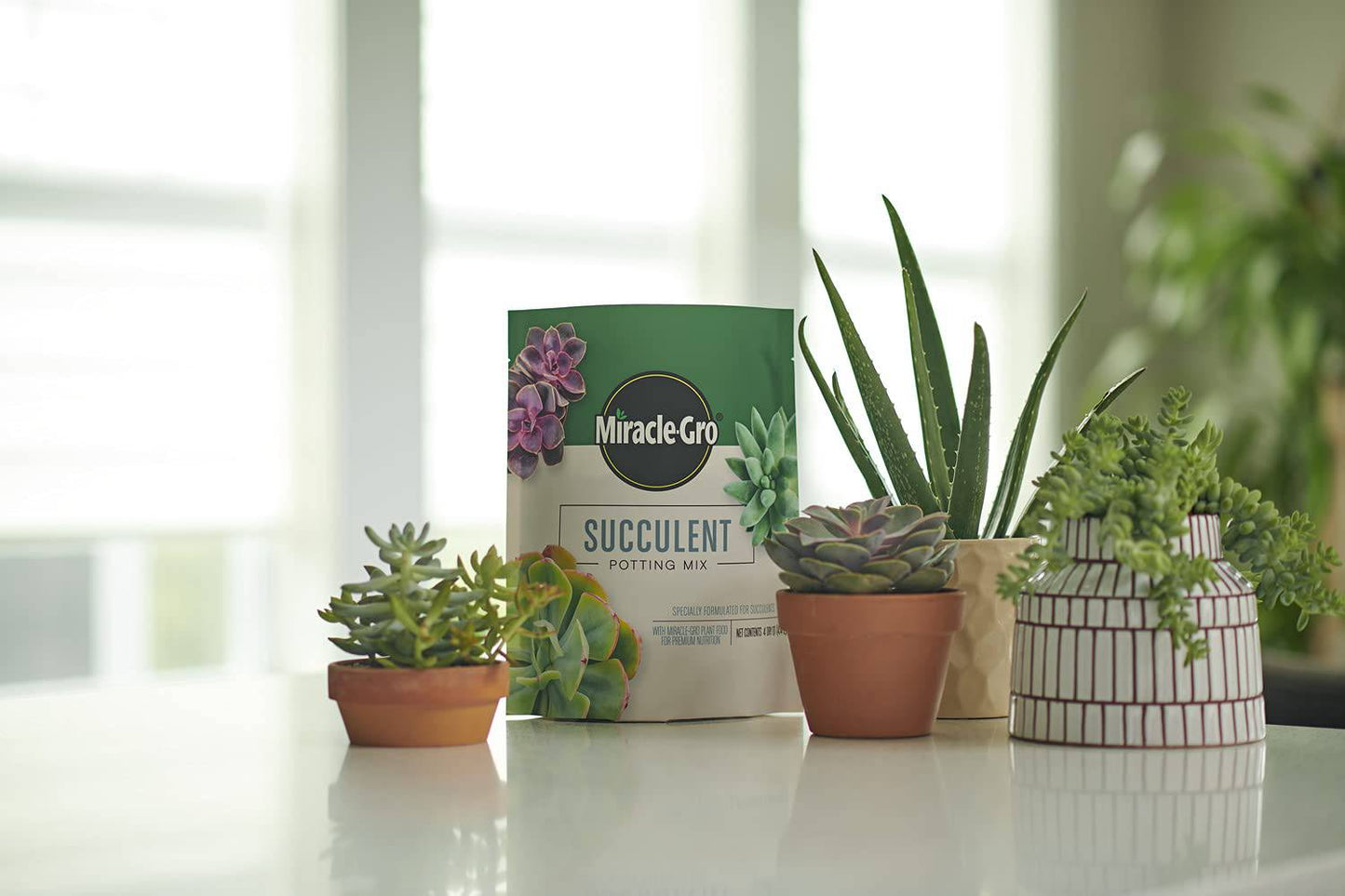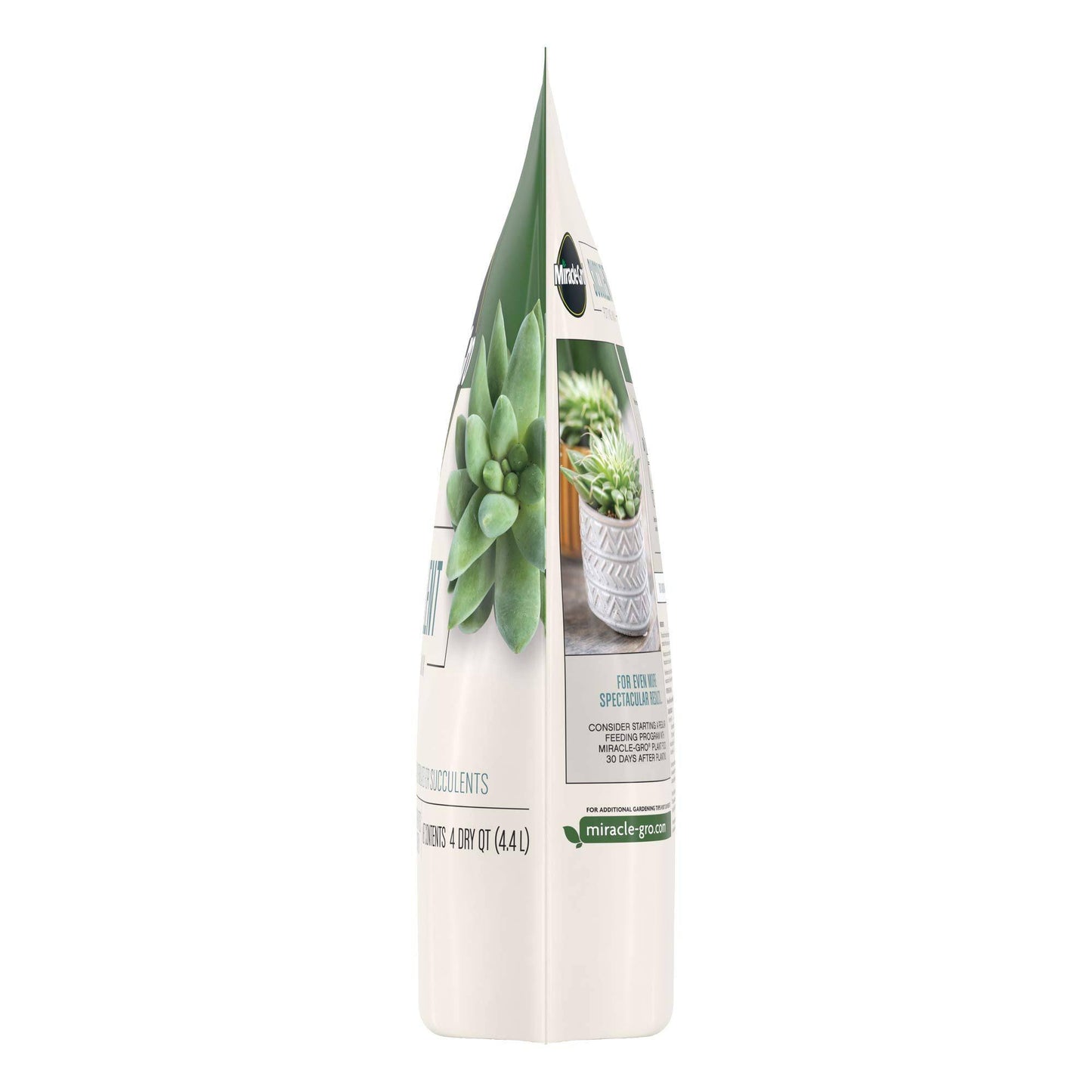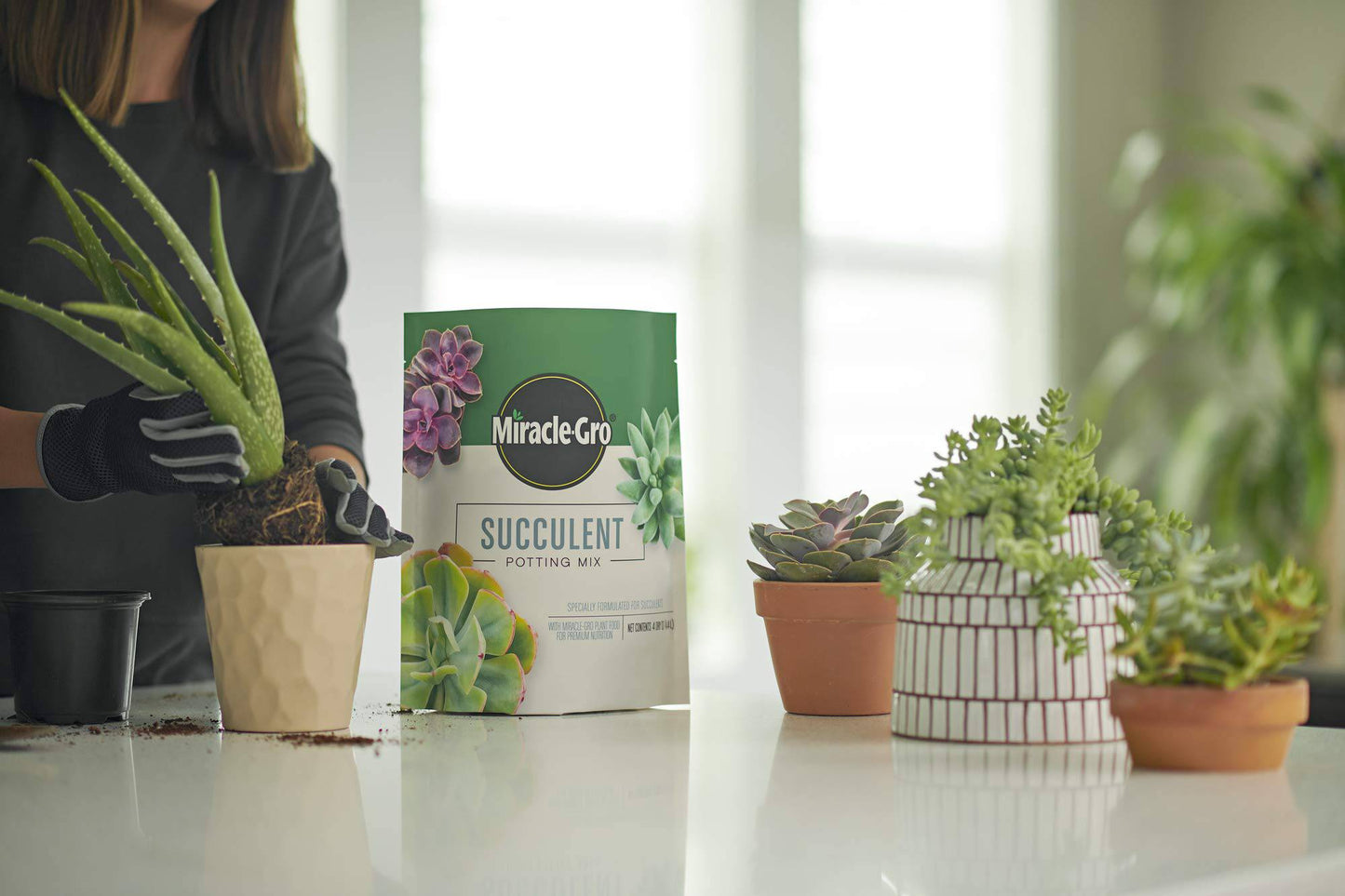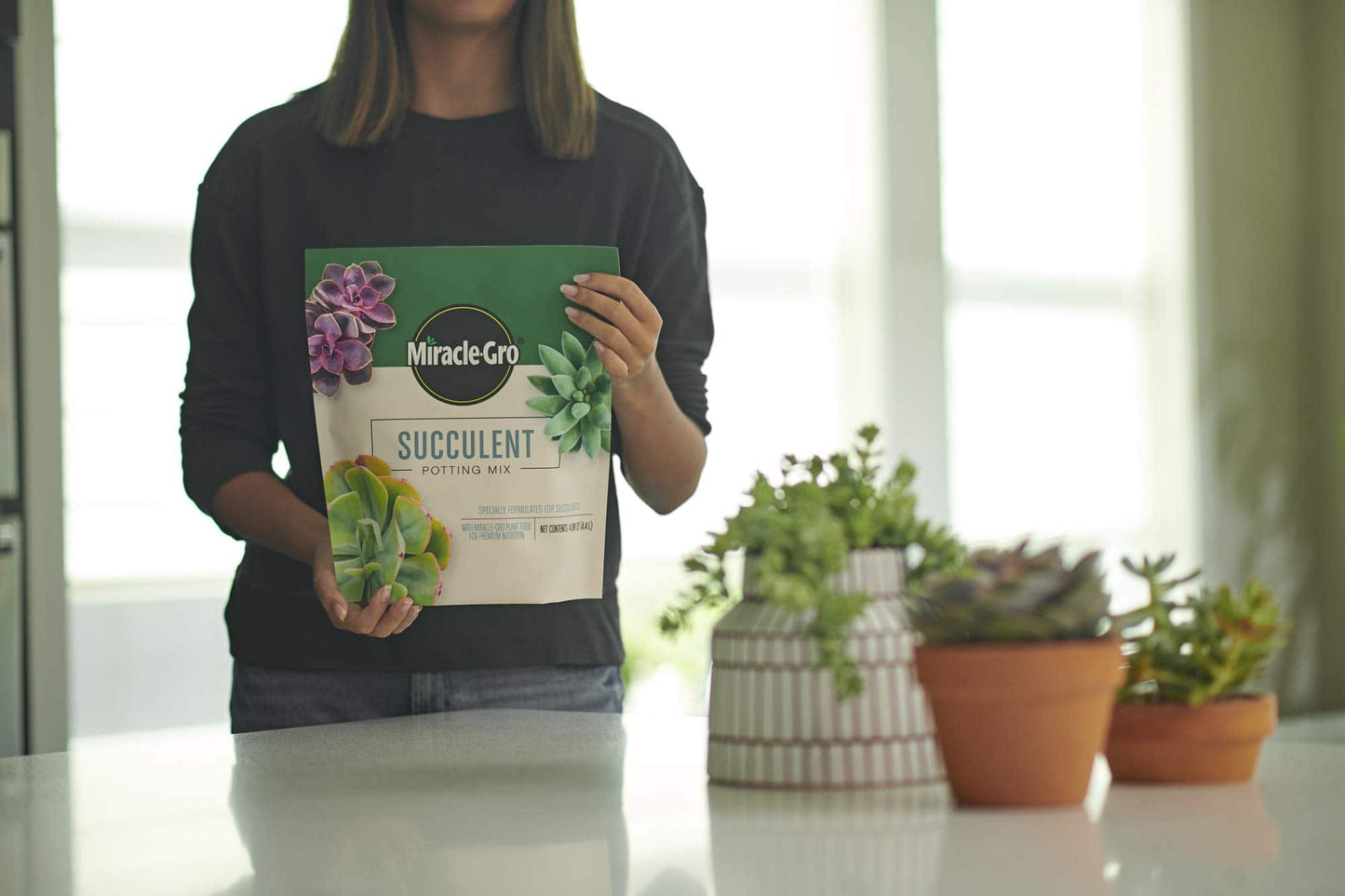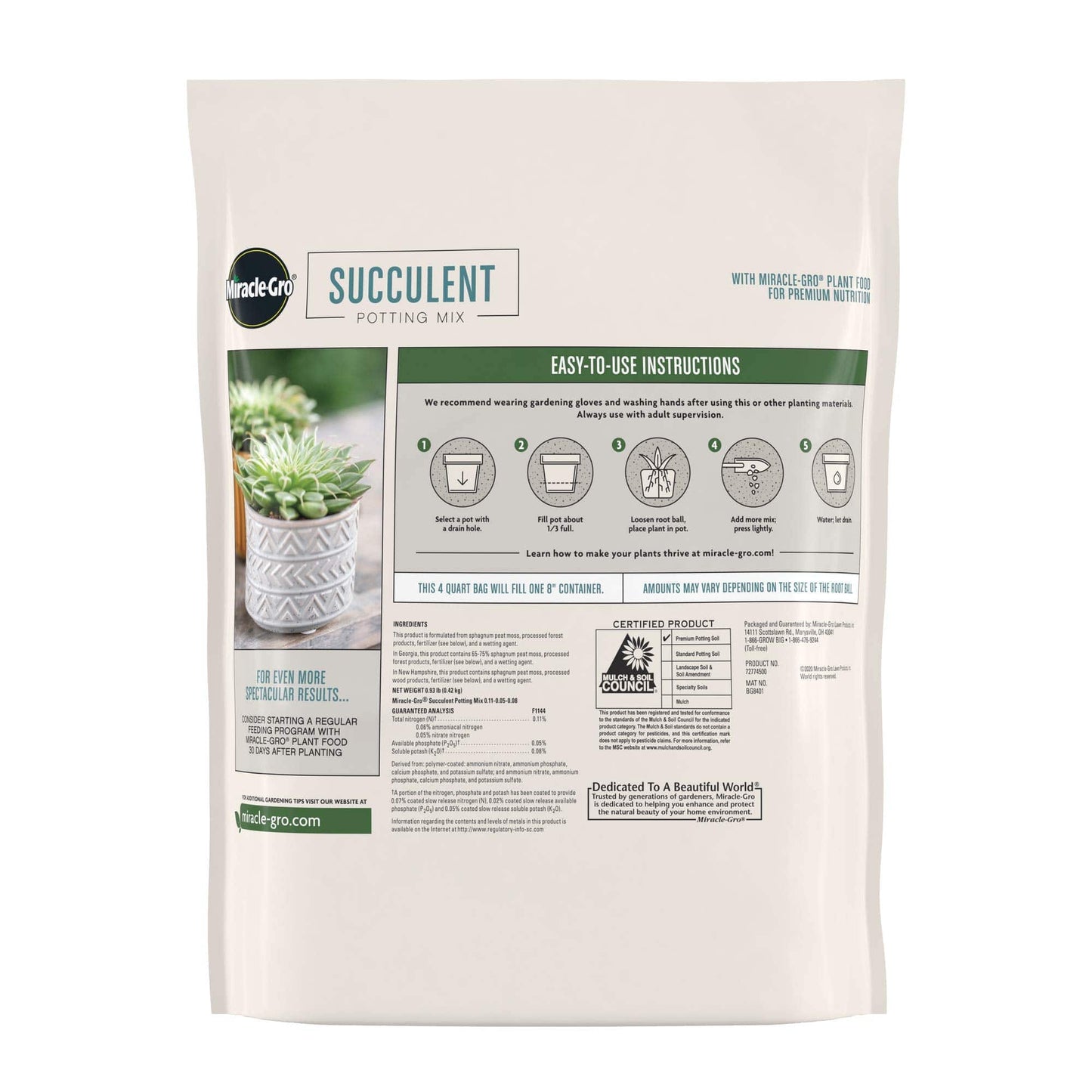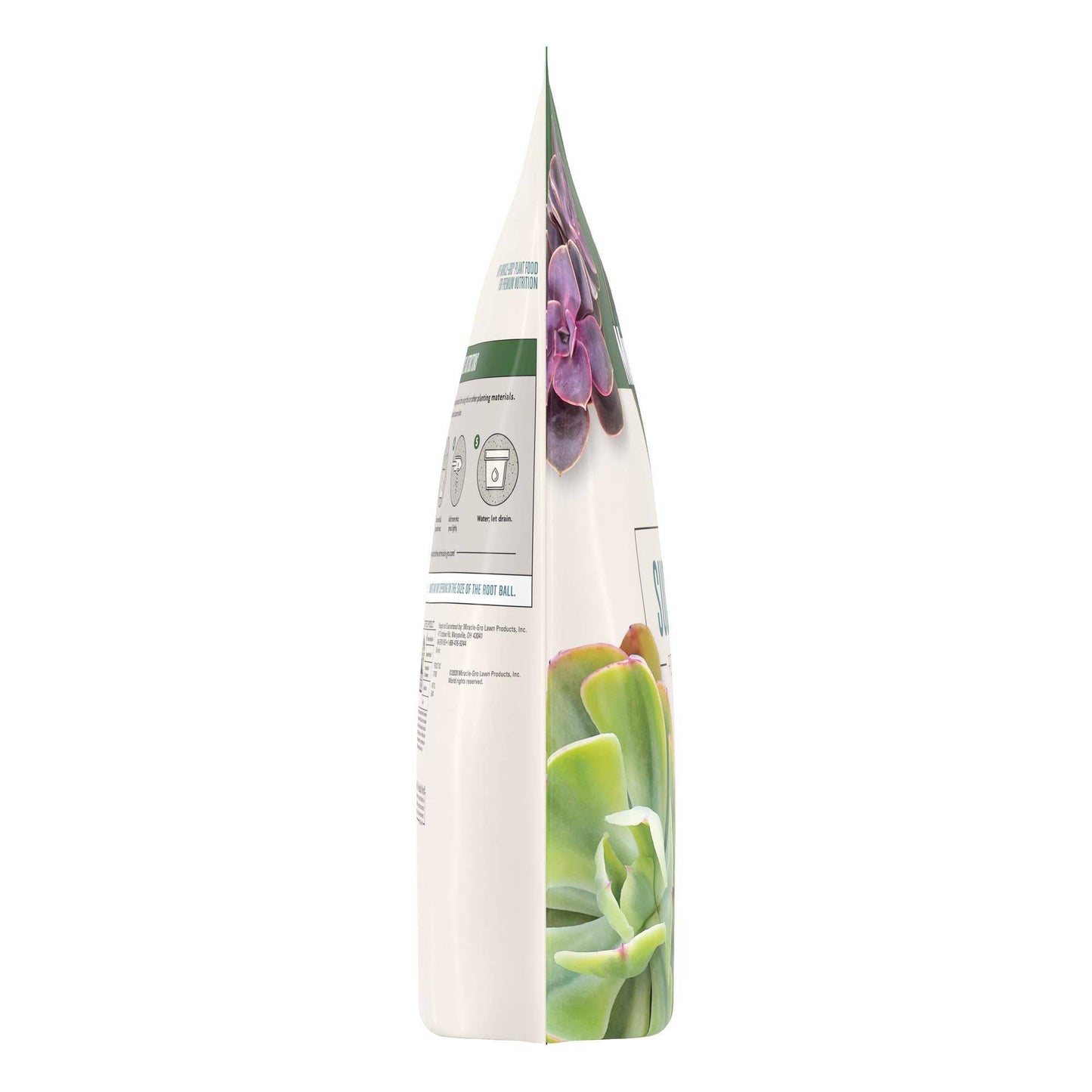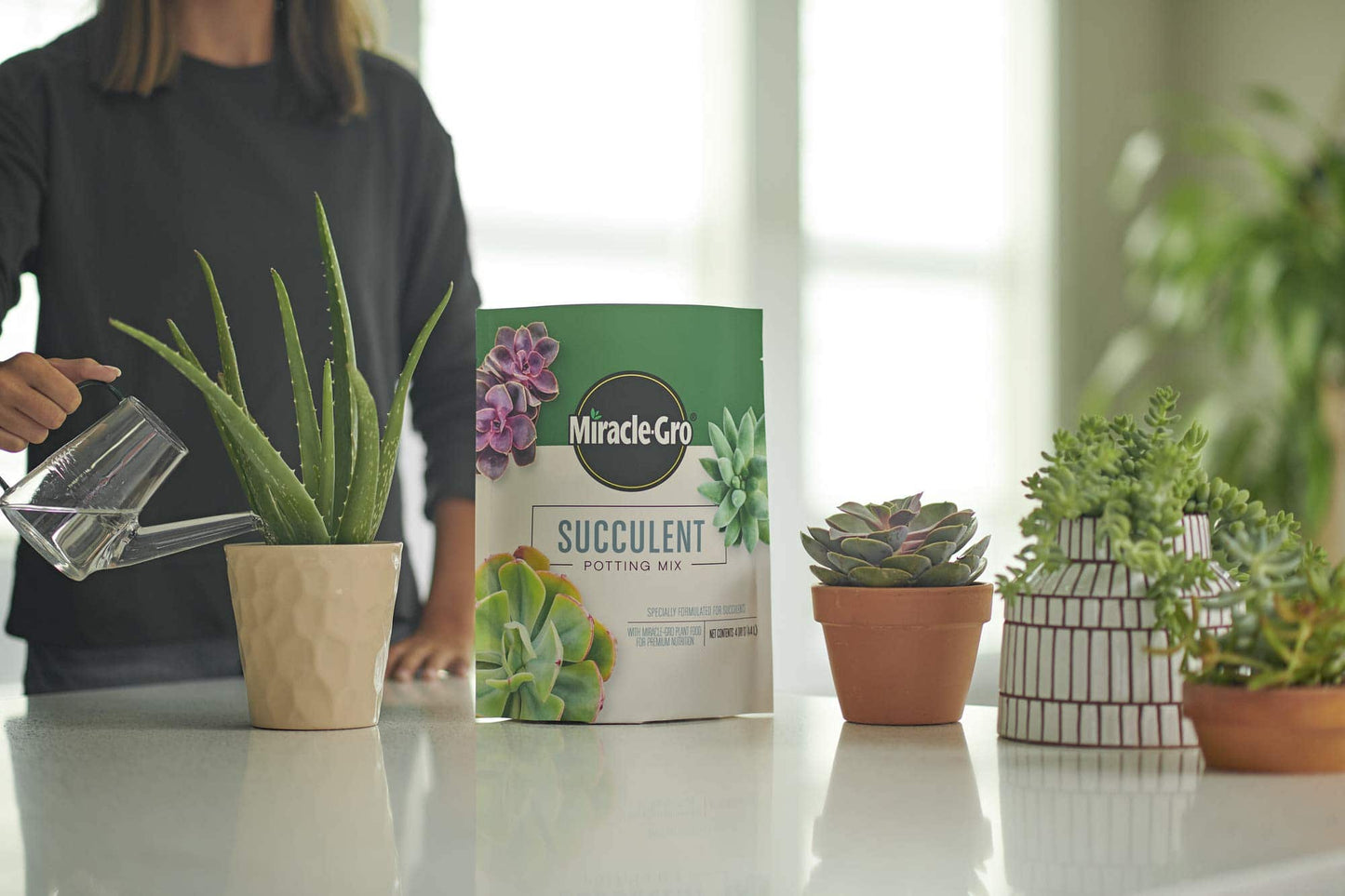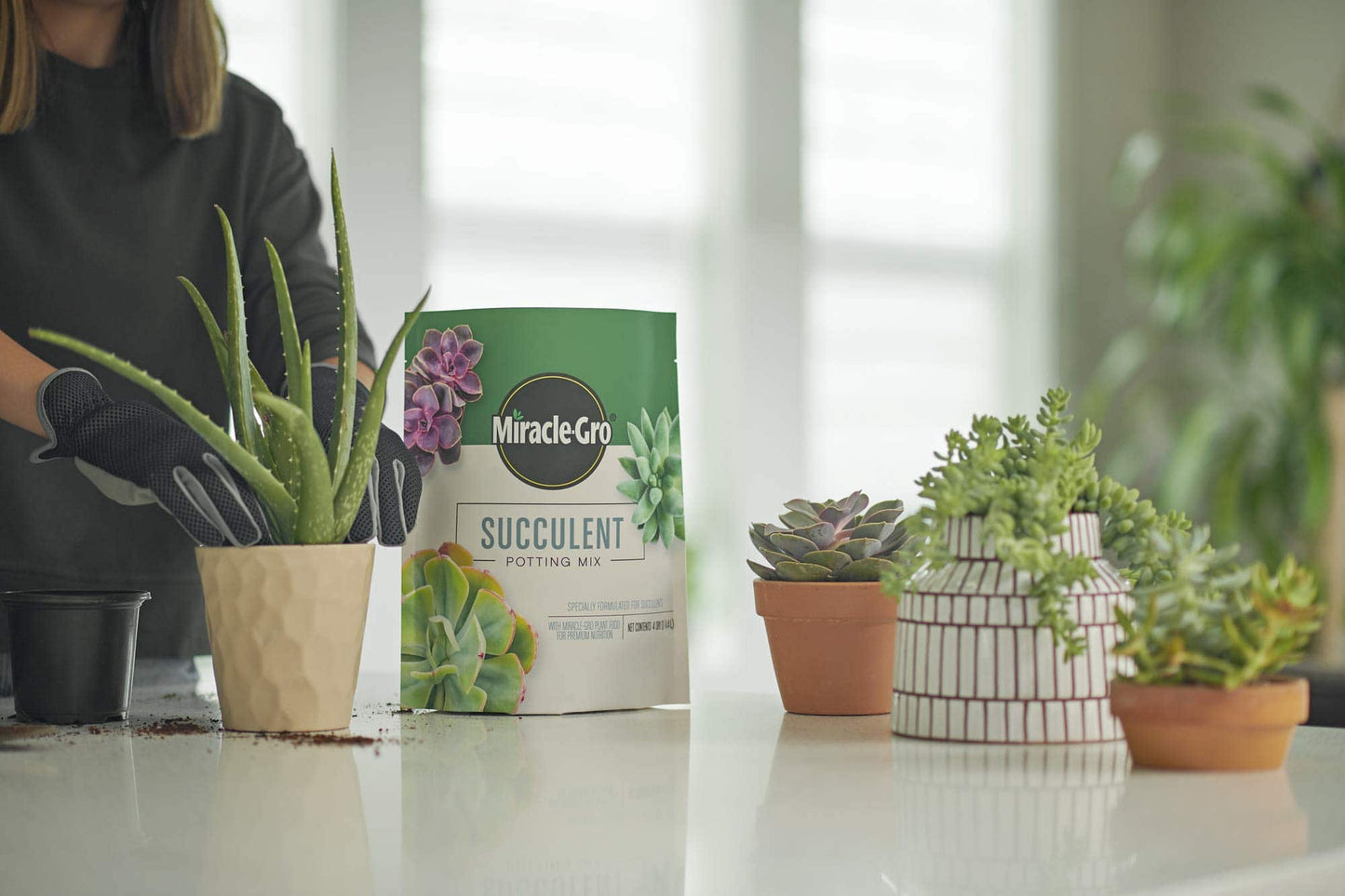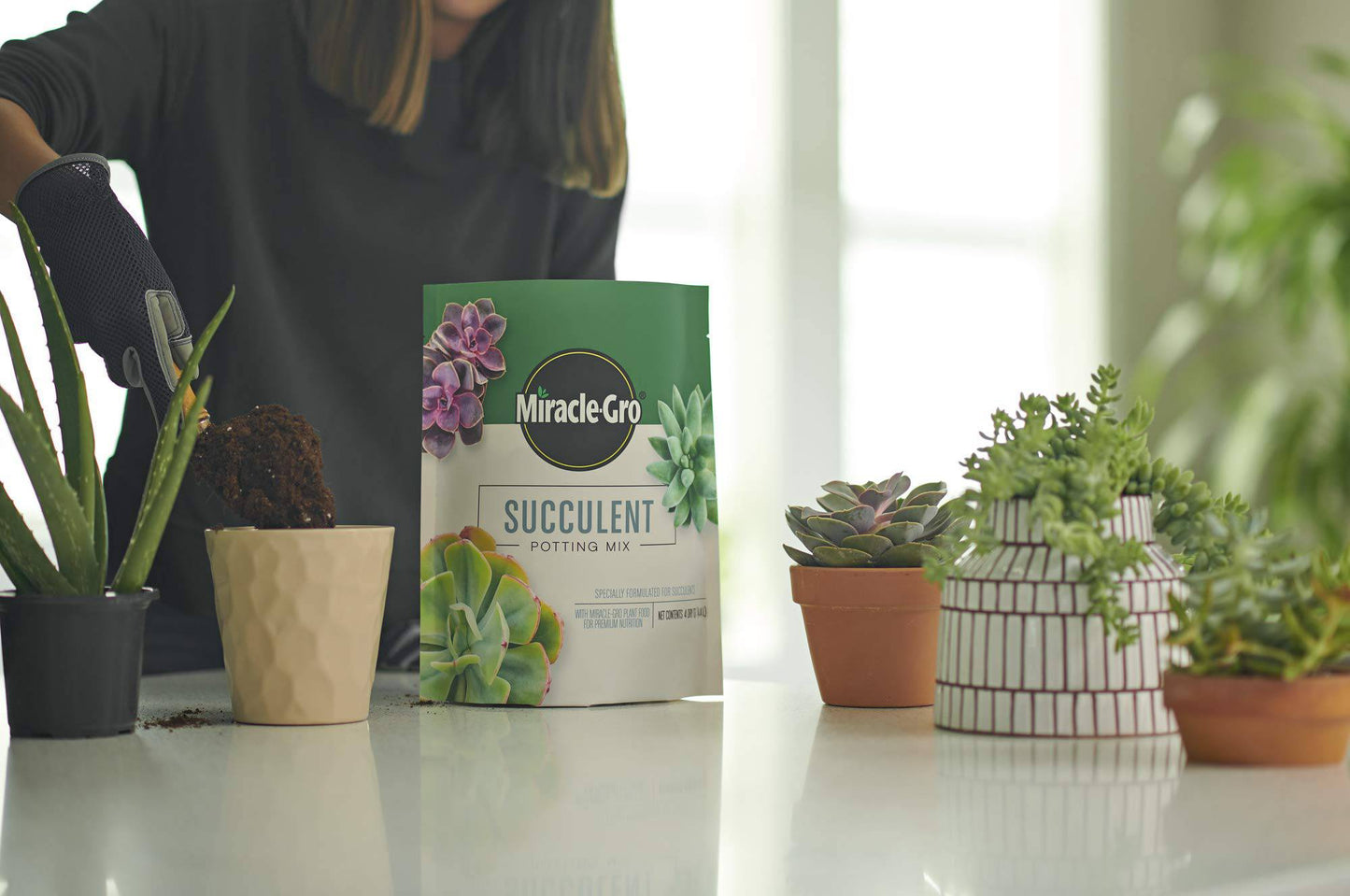Fungus Gnats: A Houseplant's Worst Enemy
Imagine a lush, vibrant jungle of indoor greenery, a haven of peace and tranquility. Your houseplants, meticulously arranged, thrive under the soft glow of sunlight streaming through the window. The air is filled with the subtle scent of earth and growing life, a testament to your dedication to cultivating a miniature paradise within your home. But then, a tiny, buzzing presence disrupts the harmony. Those minuscule pests, known as fungus gnats, are the bane of many a houseplant enthusiast's existence, and they have a knack for infiltrating even the most meticulously cared for sanctuaries.
These tiny flies, often mistaken for fruit flies, are drawn to the moist, rich soil of our beloved houseplants. Their life cycle is intricately linked to the damp conditions that nourish our greenery. They lay their eggs within the soil, and their larvae, resembling small white worms, feast on decaying organic matter and, unfortunately, tender plant roots. This feeding frenzy can weaken your plants, making them more susceptible to diseases and other pests, disrupting the delicate balance of your indoor ecosystem.
The signs of a fungus gnat infestation are often subtle, but once you notice them, it's clear that you have an unwelcome visitor. You might see them fluttering around your plants, particularly near the soil surface, or even observe their tiny larvae wriggling in the soil. If you find yourself carefully examining your plants' soil and noticing these tiny, wriggling creatures, it's a sure sign that your indoor oasis is under siege. The sight of these tiny flies can be disheartening, a reminder that even in the sanctuary of your home, nature's battles can unfold.
Don't Let Fungus Gnats Take Root
But fear not, fellow green thumbs! There are effective ways to combat these pesky invaders and ensure your houseplants flourish. The key is to understand the nature of the beast. Fungus gnats are attracted to moisture and decaying organic matter. They are opportunists, seeking out environments that provide them with the ideal conditions to thrive. Knowing this, we need to create an environment that is less appealing to them, a space where they can't easily flourish.
Fungus Gnat Control Options: A Multifaceted Approach
Here are some of the most effective ways to control fungus gnats in your houseplants:
-
Sticky Traps: Sticky traps are a simple and effective way to catch fungus gnats. They're like miniature flypaper, trapping the gnats with their strong adhesive. These bright yellow sentinels, often shaped like butterflies or trees, are irresistible to the gnats. Their vibrant color draws the gnats in, and the sticky surface ensures they don't escape.
 These traps are non-toxic and odorless, making them safe for use around pets and children, so you can feel confident protecting your plants while maintaining a healthy environment.
These traps are non-toxic and odorless, making them safe for use around pets and children, so you can feel confident protecting your plants while maintaining a healthy environment. -
Mosquito Bits: Mosquito bits, also known as BTI (Bacillus thuringiensis israelensis), are a natural and effective way to control fungus gnats. BTI is a bacterium that is toxic to mosquito larvae but harmless to humans, pets, and other beneficial insects. The beauty of BTI lies in its specificity. It targets the fungus gnat larvae, effectively stopping the life cycle at its root (pun intended!). Simply sprinkle a few bits on the surface of the soil in your pots, and they will do their job. The BTI bacteria will work its magic, killing the larvae before they have a chance to mature and further infest your plants.
 For larger infestations or a collection of plants, consider using Summit 30 oz Mosquito Bits.
For larger infestations or a collection of plants, consider using Summit 30 oz Mosquito Bits. 
-
Fungus Gnat Traps: Fungus gnat traps are specifically designed to lure and capture these pesky flies. They utilize a combination of ultraviolet light and a sticky glue surface, creating a deadly trap for the gnats. The UV light acts as a beacon, attracting the gnats, and once they venture close enough, they become ensnared by the sticky glue.
 These traps are a great choice for those who prefer a more targeted approach to fungus gnat control. For a more streamlined and efficient solution, consider the Zevo Flying Insect Trap which uses a combination of blue and UV light to attract and trap the gnats, ensuring a pest-free environment. With its sleek design and simple operation, it blends seamlessly into any room, effectively tackling the gnat problem without disrupting your home's aesthetics.
These traps are a great choice for those who prefer a more targeted approach to fungus gnat control. For a more streamlined and efficient solution, consider the Zevo Flying Insect Trap which uses a combination of blue and UV light to attract and trap the gnats, ensuring a pest-free environment. With its sleek design and simple operation, it blends seamlessly into any room, effectively tackling the gnat problem without disrupting your home's aesthetics. 
A Proactive Approach to Plant Protection
Preventing fungus gnat infestations is just as important as treating them. By addressing the conditions that attract them, you can significantly reduce the chances of an outbreak. Think of it as taking preventative measures to safeguard your indoor jungle, a proactive approach to plant protection.
- Water Less Often: Fungus gnats thrive in moist soil. Resist the temptation to overwater your plants. Allow the top inch of soil to dry out between waterings. This ensures that the soil is not constantly damp, making it less appealing to the gnats. By creating a slightly drier environment, you are making your plants less inviting to these pests.
- Use Well-Draining Soil: Choosing the right potting mix is crucial. Opt for a soil that drains well, such as a blend of peat moss, perlite, and vermiculite. These materials create a more porous soil structure, allowing excess water to drain freely, preventing the soil from becoming waterlogged. Avoid heavy, clay-based soils that tend to retain water for extended periods. This will prevent the soil from becoming waterlogged, which is a breeding ground for fungus gnats.
- Don't Over-fertilize: Overfertilizing your plants can create a rich, organic environment that is highly attractive to fungus gnats. The excess nutrients can contribute to a moist, decaying environment, making your plants more susceptible to infestation. Stick to fertilizing your plants only when necessary, and follow the directions on the fertilizer label. By maintaining a balanced nutrient level, you'll discourage the gnats from making your plants their home.
- Clean Up Debris: Decaying leaves and other organic debris can provide a perfect breeding ground for fungus gnats. Regularly clean up any fallen leaves or plant matter from your plants' surroundings. This will help prevent the gnats from finding a suitable place to lay their eggs. A tidy environment is a less inviting environment for fungus gnats, so make it a habit to remove any debris that might accumulate around your plants.
- Check New Plants: Always inspect new plants thoroughly before bringing them into your home. This will help prevent introducing fungus gnats into your existing collection. A quick visual inspection of the soil and foliage can help identify any signs of infestation. You can even choose to quarantine new plants for a few days to make sure they're free of pests.
Keeping Your Plants Healthy and Happy
Fungus gnats are a nuisance, but with a little knowledge and a few simple steps, you can keep them at bay and maintain a thriving jungle of healthy houseplants. By adopting proactive measures and using the appropriate pest control options, you can ensure your plants flourish, providing a calming and beautiful presence in your home. Remember, fungus gnats are not the only threat to your indoor jungle. Other pests, like spider mites, mealybugs, and aphids, can also pose a danger to your plants' well-being.
Remember, your houseplants are more than just decorative elements; they bring a sense of life, tranquility, and even a bit of nature's magic to your space. They are a reminder of the beauty and resilience of the natural world, right in the heart of your home. By understanding the needs of your plants and providing them with the necessary care, you can create a thriving oasis that brings joy and beauty to your life. So, arm yourself with the knowledge and tools to fight off those pesky fungus gnats, and enjoy the vibrant, healthy, and pest-free world of houseplants!


